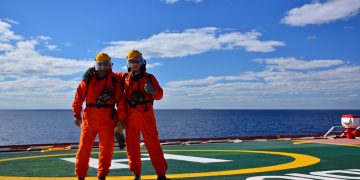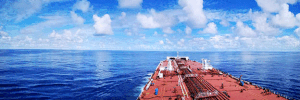Marine species have been on the move
![]() Marine protected areas (MPAs) may turn out to be in the wrong place at the wrong time. As a result of changing conditions, marine species have been on the move with observed shifts of as much as three kilometres per year over the past 50 years, and forecasts of shifts of as much as 300 kilometres in the coming 50 years.
Marine protected areas (MPAs) may turn out to be in the wrong place at the wrong time. As a result of changing conditions, marine species have been on the move with observed shifts of as much as three kilometres per year over the past 50 years, and forecasts of shifts of as much as 300 kilometres in the coming 50 years.
Decisions on where to put MPAs weren’t always made with a changing climate in mind. That has researchers asking how these areas-meant to protect biodiversity-can stand the test of time.
Static MPAs, or limited areas, may not work as ocean conditions change and as species shift their distribution in response to climate change. These changes will require our design and management of these ecologically rich zones to be more flexible, and will require greater collaboration and foresight.
At the meeting of the American Association for the Advancement of Science (AAAS) in Vancouver, Brad deYoung of Memorial University of Newfoundland will present a review of technological advances in ocean modelling and observing, and show how integration of these new tools and greater collaboration will make MPAs more effective today and in the future.
“While climate change adds to the uncertainty regarding the necessary design and the possible effectiveness of marine protected areas, none of this uncertainty offers real justification for inaction,” says deYoung.
“Our knowledge, although imperfect, is certainly sufficient to design effective marine protected areas. New modelling and observational tools add substantially to our ocean toolkit.”
Source: Terra Daily





























































